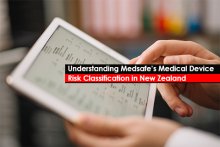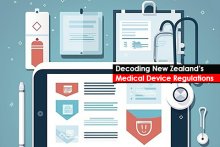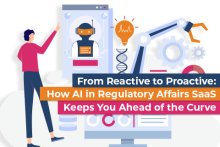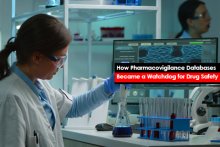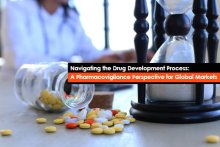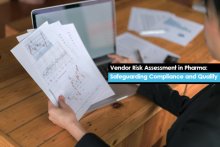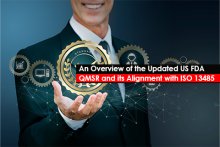Understanding Medsafe’s Medical Device Risk Classification in New Zealand
The New Zealand Medicines and Medical Devices Safety Authority (Medsafe) is the central Regulatory authority that oversees medical device regulations in New Zealand.
In New Zealand, medical devices are classified according to their potential risk(s) to the human body. They range from Class I, which are low-risk devices, to Active Implantable Medical Devices (AIMDs), which are high-risk devices. A New Zealand sponsor must identify the appropriate risk classification for their medical devices.

